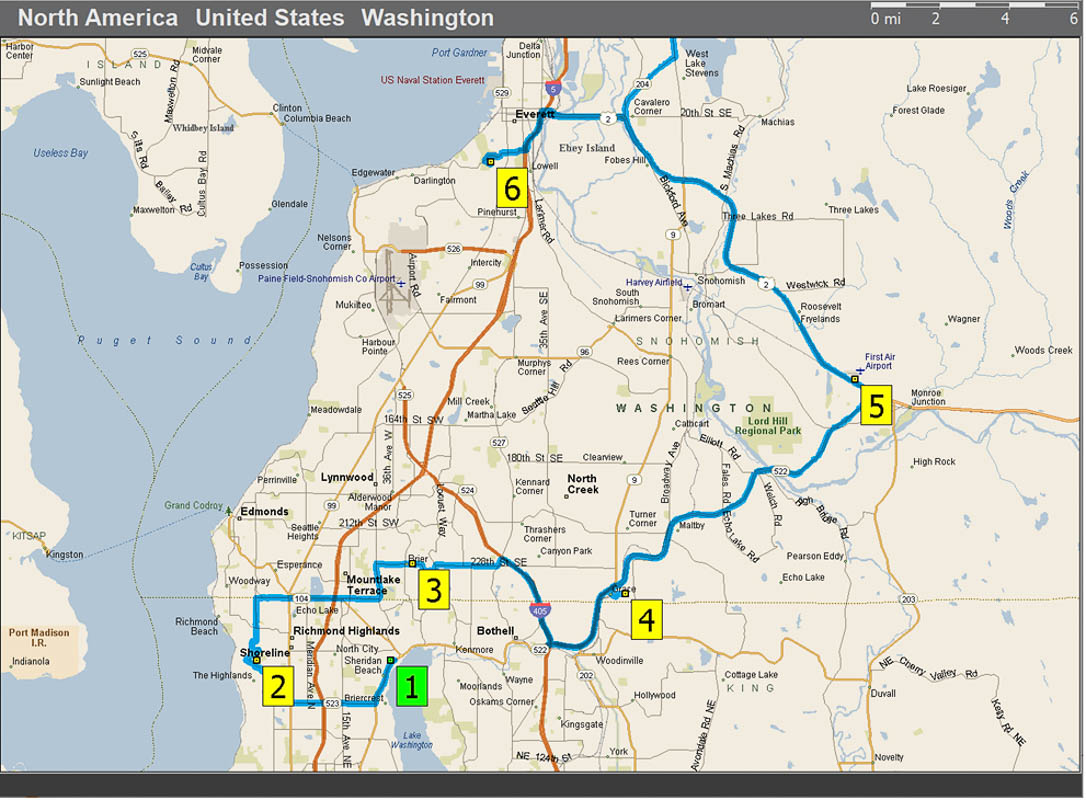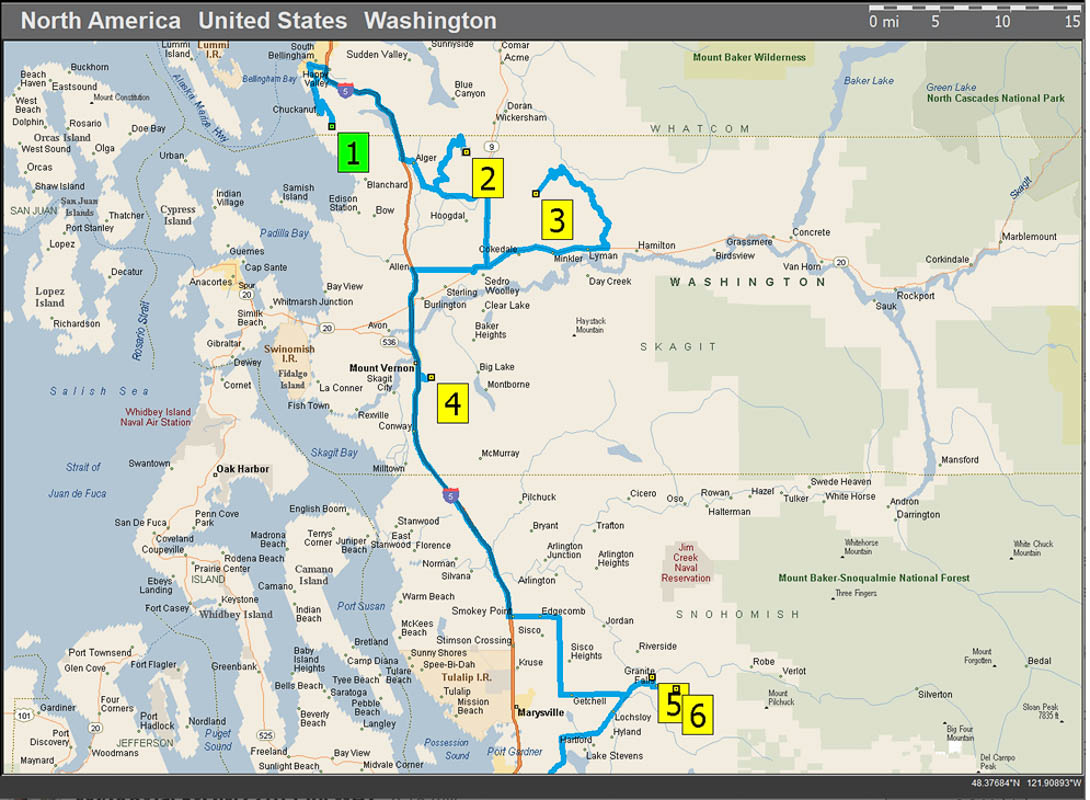
Rover Location Database
Travel
- Travel
- April '23 CN76
- Sept '22 CN76
- May '22 CN93
- Feb '22 CN93
- Jan VHF '22
- Dec '21 CN78
- Aug '21 CN76
- July '21 CN78
- May '21 Ely, NV
- July '20 CN98
- June '20 DN08
- June '20 N7G
- July '19 DN27-07
- Sept '18 CN98
- June '18 DN08
- June '18 DN22-43
- June '18 EN02
- June '18 Article
- June '18 EM87
- Summer '17
- Sept '16 CN87
- Apr '14 CN82-92
- Mar '14 Plan
- Jan VHF '14
- Jan '13
- Oct '12
- May '12
- Jan VHF '12
- Sept '11
- June '11
- May '11
- April '11 CN97
- March '11 CN97
2022 January VHF Contest
Jan 15-16, 2022
The Plan
On Jan 15-16, 2022, Sat-Sun, I scouted and activated three grids north of Seattle: CN87, CN88, and CN98. My goal was to check out several new places near home and, for my first time, operate my new(ish) IC-7300 and IC-9700 together. To streamline the setup time, I brought my smallest 6m and 2m antennas and didn't camp anywhere. I've worked 6m-only for the last couple of years, so it was a nice chance to run a multi-band station again. Also, it's my first introduction to SO2R (single operator, 2 radios).
The Route
My Saturday route was to scout a half dozen locations starting from the nearest working my way to more distant spots. This let me finish only a half-hour away for an easy drive home.

- Home
- Shoreview Park
- Brier Park
- Wellington Hills
- Monroe Fairgrounds
- Forest Park
My Sunday route was scouting several more locations starting from Chuckanut Drive, the most distant, and working my way toward home. Once I found a good operating spot on Little Mtn near Mt Vernon, I stopped to operate for the rest of the day. This plan let me finish up only an hour away for another easy drive home.

- Middle Chuckanut, CN88sp
- Mt Anderson, CN88up
- Lyman Hill, CN88wo
- Little Mtn, CN88uj
- Mountain Way ES
- Lime Kiln Trailhead
The Rover Van
My whole operating setup was rearranged to run both IC-7300 and IC-9700 together, instead of 7300 alone. This trip was focused on SSB/CW, instead of my usual FT8-only, which means having both rigs on the desk within easy reach, instead of up on a rack out of the way.
I quickly learned the value of stereo separation. If two rigs are stacked together on the desk, there's no clue which radio is making sound. So, I separated them L-R which also separated the microphones. Very helpful.

Logging SO2R accurately was a big problem for me. It was much easier to flip to the other mic than keep N1MM logger up to date. I'm sure I made lots of mistakes. Apologies in advance for your busted QSOs. After I got home, I learned that N1MM supports SO2R extremely well. I can open two entry windows by using Config > Configure ports and select "SO2R". Then use the handy “\” next to the Enter key to switch between radios. We don't even need to connect any radio to the laptop.
Results
It was great to drive around exploring new hilltops for my rover location database. It was even better to chat with all the VHF folks I haven't seen for two years due to the pandemic. Although I've done contests, it was all on FT-8.
My contacts were only in the PNW from British Columbia to Oregon.
- Total driving time behind the wheel: 191.5 miles / 12 hours
- Total on-the-air time behind the mic: 3.5 hours
- 76 contacts in 17 grids, plus roving in 3 grids = 1,820 claimed score
- Burned 11.2 gallons averaging 6.7 QSO/gallon.
- Farthest QSO was 186 miles from CN88uj to WZ8T in CN85pr
- For the first time ever, I did not consume my entire cellphone data plan, thanks to my shiny new Unlimited plan.
Problems
My biggest problem was failing to get WSJT to communicate with either of my two Icom rigs. Although this laptop has previously worked fine with this radio, I upgraded to the latest WSJT version a few minutes before departure. Oops. I think something changed in Hamlib or my USB cable was bad.
Thanks everyone for finding me on the air. I sure enjoyed actually talking to my VHF friends this weekend.
Barry K7BWH
| < Previous | Page 6 of 34 | Next > |
©1998-2024 Barry Hansen